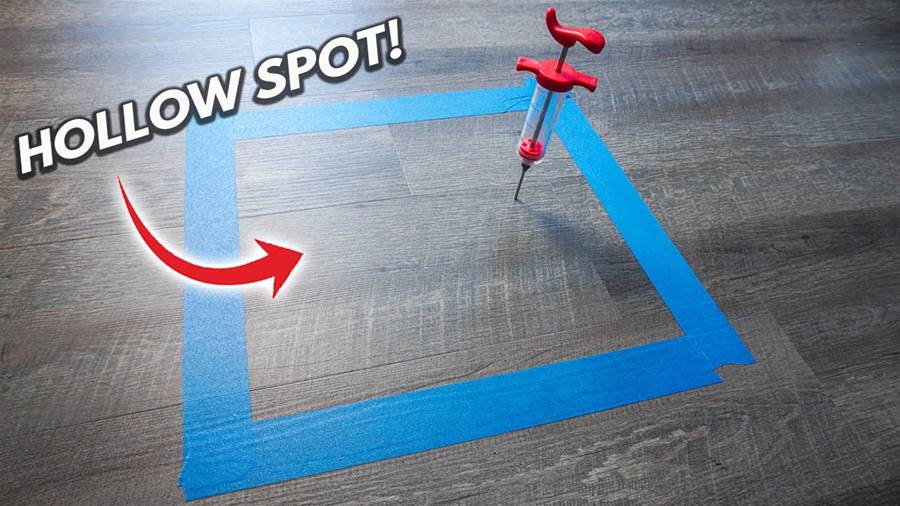

This article provides a step-by-step guide on how to fill hollow spots that may occur in vinyl plank flooring (LVP), laminate, and engineered hardwood floors. It aims to provide a DIY solution for homeowners who encounter this issue.
Hollow spots can develop in these types of flooring due to various factors, including an inadequate adhesive bond during installation or an uneven subfloor. These hollow spots can create an unpleasant hollow sound when walked upon, and over time, they can become more pronounced and potentially cause damage to the flooring.
To address this issue, the following steps can be followed:
1. Identifying the hollow spots: Walk across the floor and listen for any hollow sounds or areas that seem to give underfoot. Mark these spots with masking tape or any other suitable method.
2. Prepping the floor: Clean the floor thoroughly to remove any dirt, dust, or debris that could hinder the adhesive's effectiveness. This step ensures a better bond between the floor and the adhesive used to fill the hollow spots.

3. Choosing an adhesive: Select a suitable adhesive for the flooring type. For vinyl plank flooring, a liquid adhesive such as syringe-grade, low-viscosity epoxy or a liquid polyurethane adhesive can be used.
For laminate and engineered hardwood floors, a liquid epoxy or wood glue can be used.
4. Injecting the adhesive: For vinyl plank flooring, use a syringe to inject the adhesive into the identified hollow spots, applying pressure to ensure complete coverage. For laminate and engineered hardwood floors, use a syringe, or alternatively, carefully remove a plank or board near the hollow spot and apply the adhesive underneath, replacing the plank or board afterward.
5. Removing excess adhesive: Wipe away any excess adhesive that may have seeped out of the hollow spot using a clean cloth or rag. This step helps achieve a neat and seamless finish.
6. Allowing the adhesive to dry: Follow the instructions provided by the adhesive manufacturer to determine the appropriate drying time. It is crucial to allow sufficient time for the adhesive to cure and bond securely with the surrounding flooring.
By following these steps, homeowners can successfully fill hollow spots in their vinyl plank flooring (LVP), laminate, and engineered hardwood floors. This DIY solution is cost-effective and enables individuals to restore the integrity and functionality of their flooring, eliminating the potential for further damage and improving the overall aesthetic of the space.
